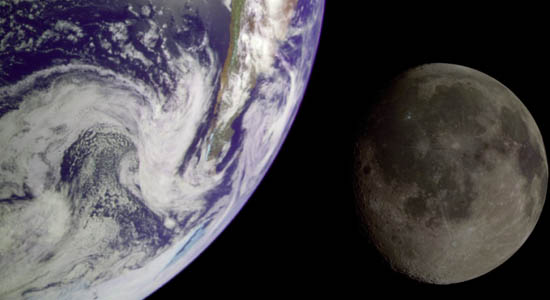
July 16 & 17
Several international space agencies are actively engaged in robotic as well as human exploration of the moon, including projects from China, Japan, India, Russia, Europe, Germany and the United Kingdom. NASA has also embarked on an active science and exploration program which includes three robotic missions planned for launch in 2009, 2011 and 2012, as well as human exploration starting in 2020. This presentation will discuss NASA’s current plans for returning to the moon for both science and exploration, as well as efforts to collaborate with international partners.
Speaker: |
Dr. Leon Alkalai
|
Location: |
Thursday, July 16, 2009, 7p.m. |
Webcast: |
For the webcast on Thursday at 7 p.m. Pacific time, click here
|